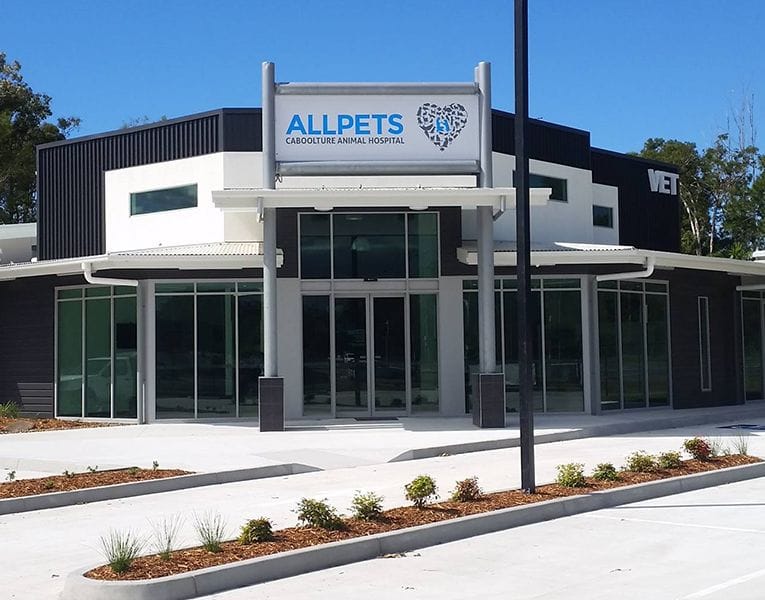Recognising When Your Pet Is in Pain: Key Signs to Watch For
)
Caring for our pets means being able to spot when something is wrong. Because animals can’t tell us when they’re hurting, it’s important to be aware of the signs that could indicate they are in discomfort. Understanding these signs helps pet owners provide timely care. This guide will help you identify potential indicators that your pet may be in pain and how to respond.
1. Changes in Behaviour:
One of the first clues that your pet might be in pain is a noticeable shift in behaviour. They might become less social, show signs of fear or aggression, or display unusual restlessness. Your once energetic pet may suddenly become distant or clingy, indicating that they are not feeling well.
2. Appetite and Thirst Changes:
Pain can affect your pet’s eating and drinking habits. A sudden disinterest in food or increased drinking could signal discomfort. Pay attention to any changes in how much they eat or drink, as these could be important clues.
3. Excessive Vocalisation:
When pets are in pain, they may become more vocal than usual. Dogs might whine or yelp, while cats may meow or purr excessively as a way to self-soothe. If these vocalisations seem out of the ordinary, it’s worth investigating further.
4. Grooming Habits:
If your pet suddenly stops grooming or starts licking one area repeatedly, this could be a sign of pain. Over-grooming can lead to bald spots or sores, while a lack of grooming might leave their coat looking unkempt.
5. Physical Limitations:
A pet in pain may become less mobile. Limping, difficulty climbing stairs, or hesitance to jump onto furniture are all signs that something might be wrong. Keep an eye on how your pet moves, especially if they are normally active and agile.
6. Sleep Disruption:
If your pet seems to be sleeping more or less than usual, it could be a reaction to pain. Restlessness during sleep, or difficulty finding a comfortable position, can also indicate discomfort.
7. Facial Expressions:
Pets often show signs of pain through their facial expressions. Tension around the eyes, a furrowed brow, or even rapid breathing are common indicators. Dogs might lick their lips frequently, while cats may flatten their ears or dilate their pupils.
By staying alert to these signs, you can help ensure your pet gets the medical attention they need. Early detection is key to keeping your pet comfortable and happy.
| Tags:Health Advice |



